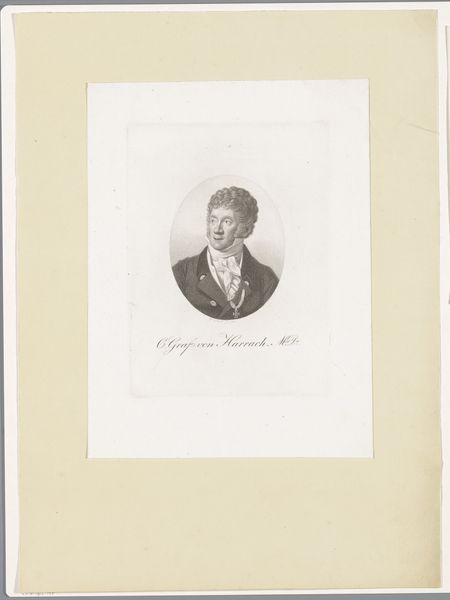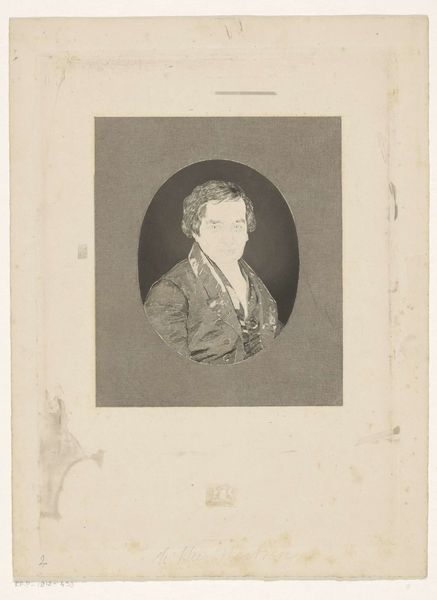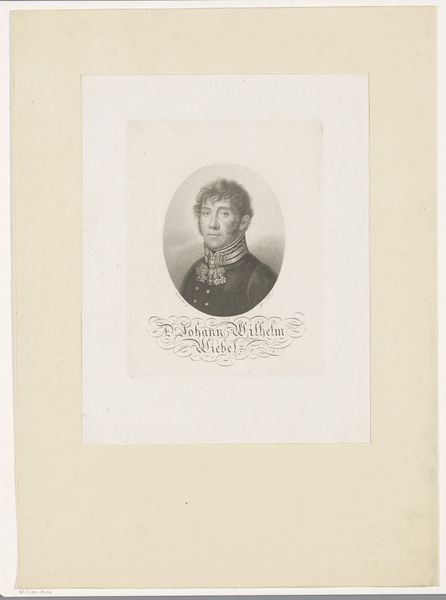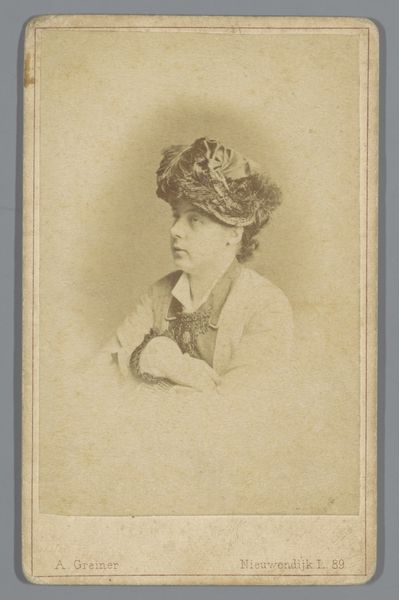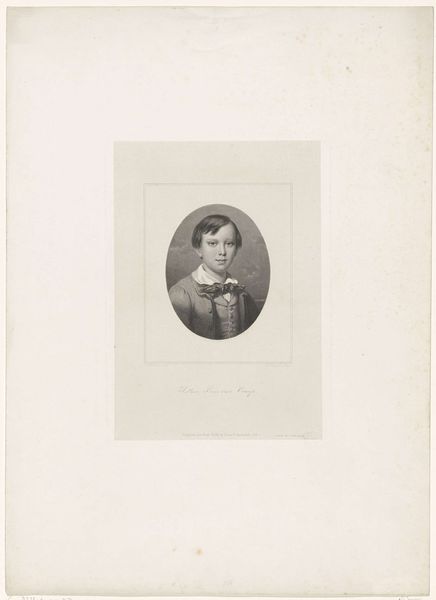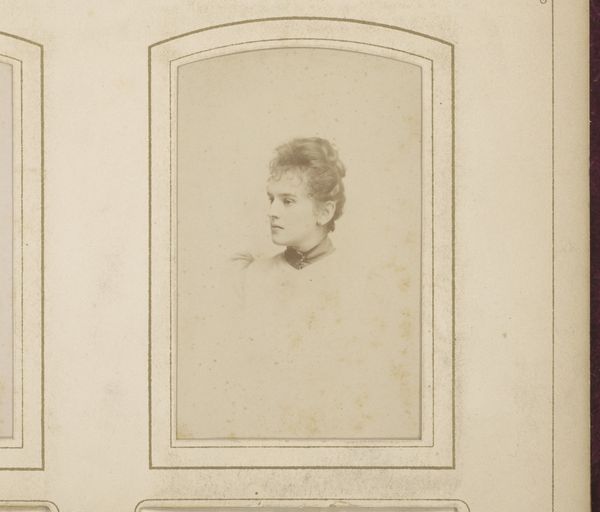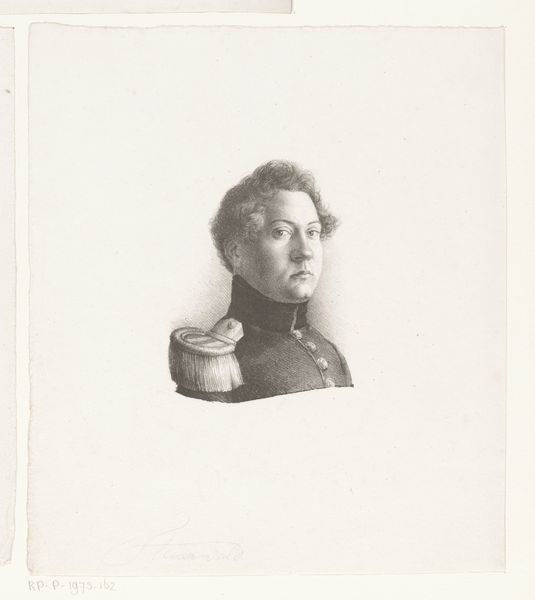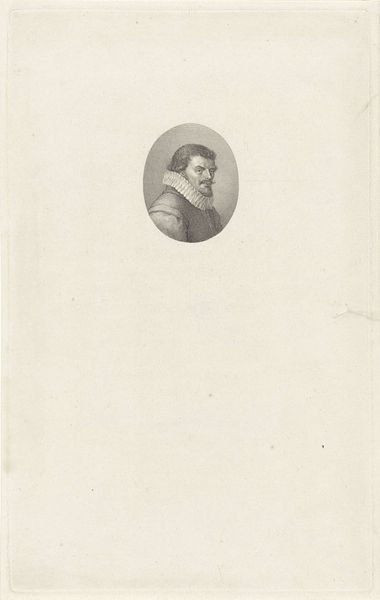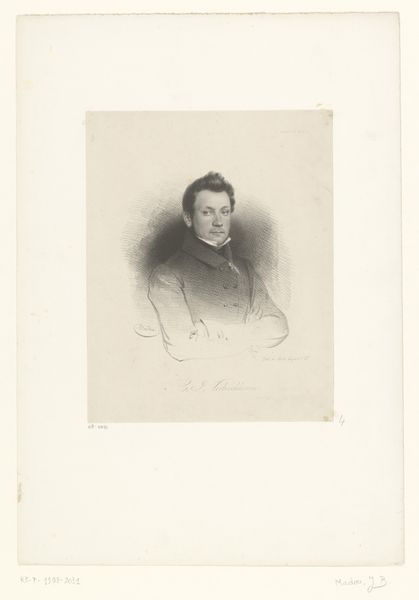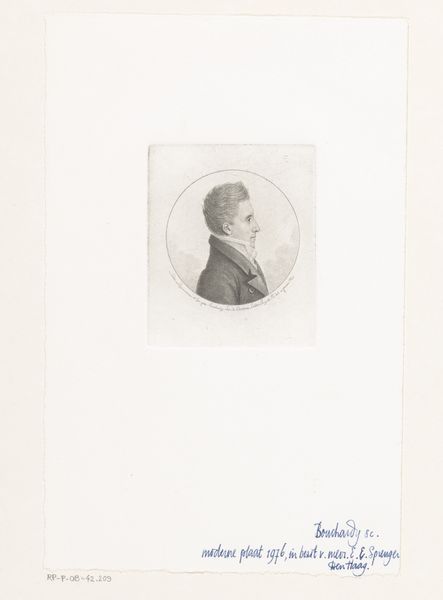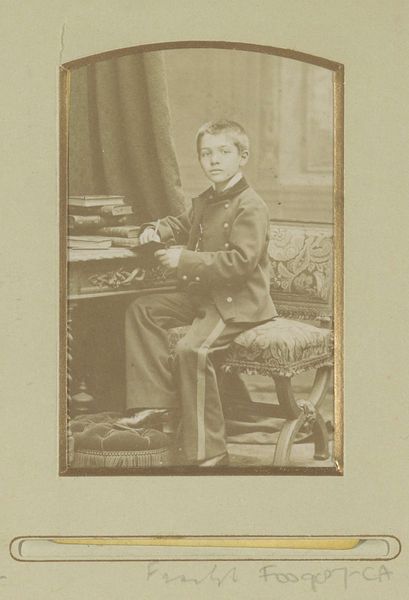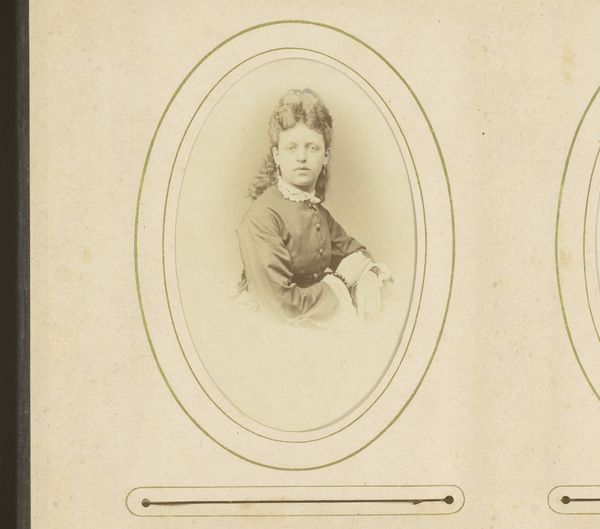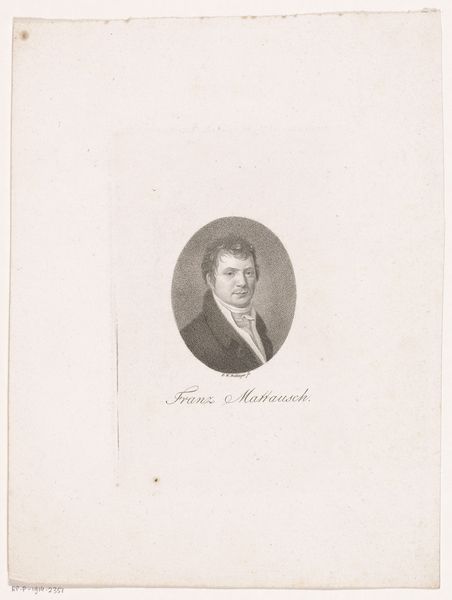
Portret van de zeevaarder Cornelius de Jong van Rodenburgh 1787 - 1828
0:00
0:00
ludwiggottliebportman
Rijksmuseum
drawing, engraving
#
portrait
#
pencil drawn
#
drawing
#
neoclacissism
#
light pencil work
#
pencil sketch
#
old engraving style
#
pencil work
#
engraving
Dimensions: height 233 mm, width 169 mm
Copyright: Rijks Museum: Open Domain
Ludwig Gottlieb Portman made this portrait of Cornelius de Jong van Rodenburgh, using a technique called stipple engraving. Look closely, and you’ll see the image is constructed from thousands of tiny dots, painstakingly applied to a copper plate. The engraver would have used a tool called an échoppe to create these marks, varying the pressure to achieve different tones and textures. It was a slow, precise process, requiring immense skill and patience. Stipple engraving became popular in the late 18th century, valued for its ability to mimic the soft gradations of chalk drawings. But beyond its aesthetic qualities, the technique also speaks to the changing social landscape of the time. Engravings like this one were often reproduced and distributed widely, making art more accessible to a broader public. In this way, Portman’s print reflects the democratization of art, and also the rise of commercial print culture. This portrait reminds us that even seemingly simple images are the product of complex material processes, and that the means of production can imbue an artwork with cultural significance.
Comments
No comments
Be the first to comment and join the conversation on the ultimate creative platform.
